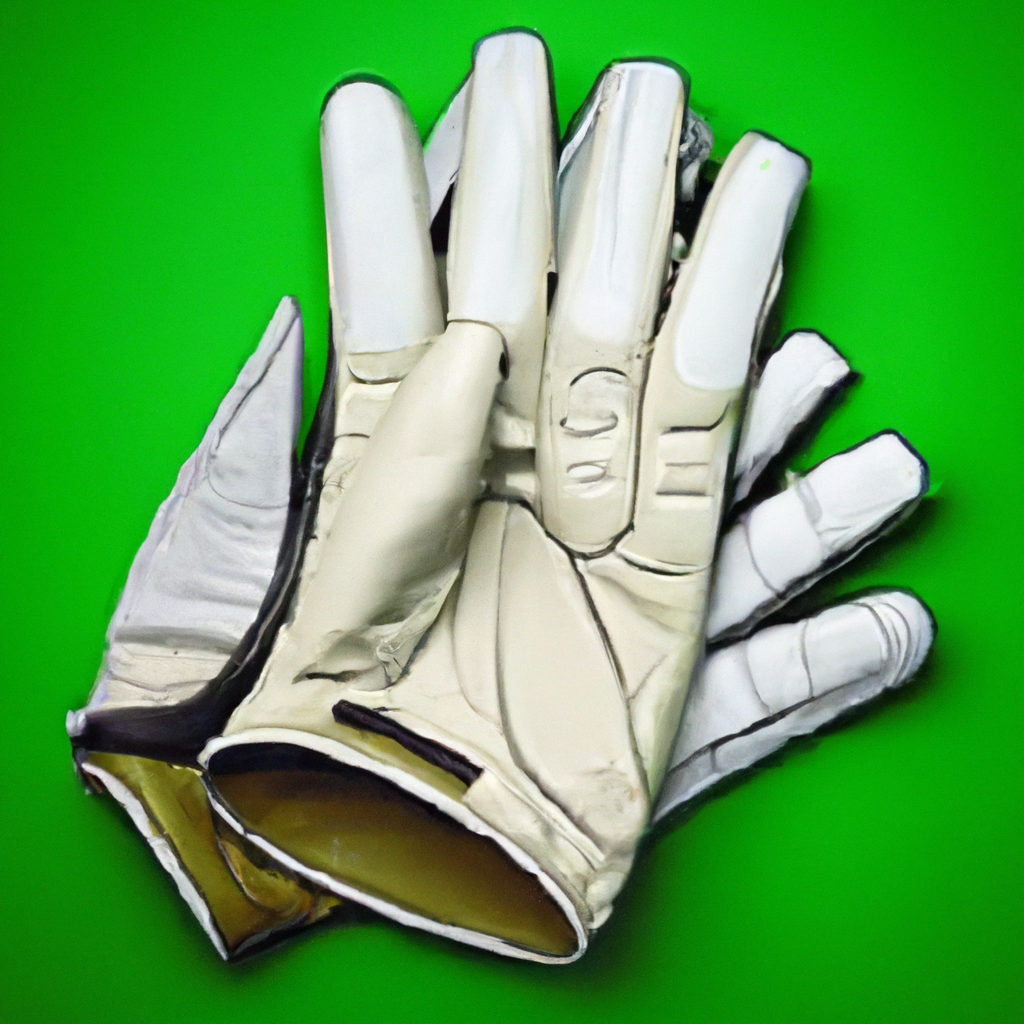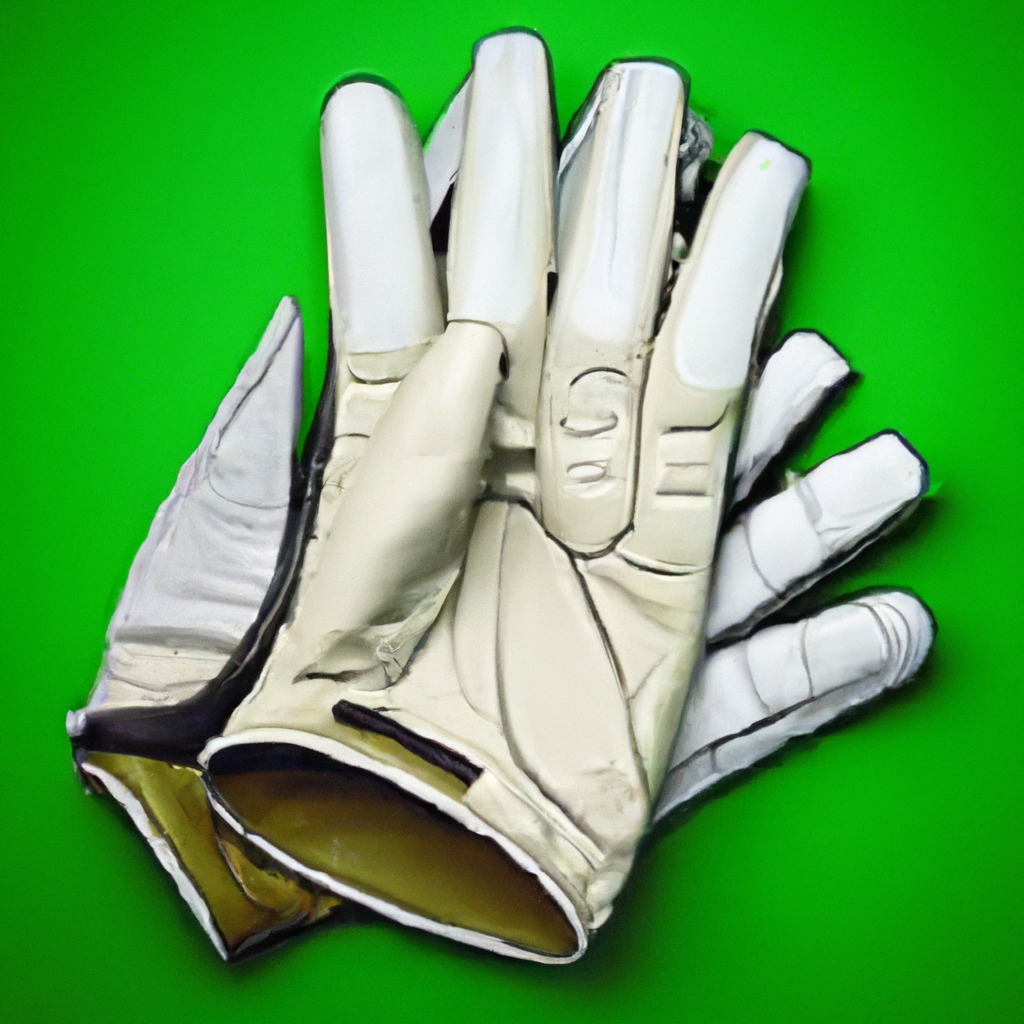We may earn money or products from the companies that may be mentioned in this post.
So you’ve been hitting the links more frequently these days, perfecting your swing and aiming for that hole-in-one. But have you ever stopped to wonder about the lifespan of your faithful golf companion – the golf glove? How long should it really last? Well, fret not, because today we’re here to shed a friendly light on this glove-related predicament. We’ll explore the factors that impact a golf glove’s lifespan, from frequency of use to maintenance, so you can make the most of your time on the green while keeping your hands comfortable and protected. Let’s dive right in, shall we?

Factors Affecting the Lifespan of a Golf Glove
When it comes to the lifespan of a golf glove, several factors come into play. Understanding these factors can help you make informed decisions about the quality of materials, frequency of use, technique and grip pressure, conditions of use, and maintenance and care required for your golf glove. By considering these factors, you can ensure that your golf glove remains in top condition and provides you with the grip and comfort you need to excel on the golf course.
Quality of Materials
The quality of materials used in a golf glove has a significant impact on its lifespan. Golf gloves are typically made from either leather or synthetic materials. Different types of leather, such as cabretta, sheepskin, or synthetic leather, offer varying levels of durability and feel. Synthetic materials, on the other hand, tend to be more resistant to wear and tear and may provide a longer lifespan compared to leather gloves.
Frequency of Use
Another factor that affects the lifespan of a golf glove is the frequency of use. If you only use your golf glove occasionally, such as during weekend rounds or occasional outings with friends, the glove may last longer. However, if you are a regular golfer who plays several times a week, the glove may experience more wear and tear, resulting in a shorter lifespan. Additionally, professional golfers who use their gloves extensively during practice and competitive play may need to replace their gloves more frequently.
Technique and Grip Pressure
Your technique and grip pressure play a crucial role in the lifespan of a golf glove. Using the correct grip technique ensures that the glove wears evenly and avoids unnecessary strain on particular areas. Additionally, gripping the club too tightly can accelerate the wear and tear of the glove, leading to a shorter lifespan. Consider using training aids or seeking advice from a golf instructor to improve your technique and grip pressure, which can help extend the lifespan of your golf glove.
Conditions of Use
The conditions in which you use your golf glove also affect its lifespan. Weather conditions, such as extreme heat, rain, or cold temperatures, can impact the durability of the glove. For instance, playing in wet conditions without proper protection, such as rain gloves, can cause the glove to wear out more quickly. Moreover, exposure to excessive moisture and perspiration can lead to the deterioration of the glove’s materials. Being mindful of the conditions in which you use your golf glove and taking appropriate precautions can contribute to its longevity.
Maintenance and Care
Proper maintenance and care are essential for prolonging the lifespan of a golf glove. Regularly cleaning the glove helps remove dirt, oils, and sweat that can accumulate and cause the materials to deteriorate. It is recommended to hand wash the glove using mild soap and water, gently scrubbing the surface, and then rinsing it thoroughly. After cleaning, it is crucial to dry the glove properly, avoiding direct heat sources that can damage the materials. Finally, storing the glove in a cool and dry place, away from excessive sunlight, can help maintain its condition and prevent premature wear.
Indications that it’s Time to Replace Your Golf Glove
Over time, even with proper care, a golf glove will eventually need to be replaced. Here are some indications that it’s time to say farewell to your current glove:
- Visible Wear and Tear: If you notice holes, frayed edges, or significant signs of wear on the glove, it’s a clear signal that it needs replacement.
- Loss of Tackiness: When the glove starts to lose its tackiness and grip, it can negatively impact your ability to maintain control over the club.
- Unpleasant Odor: If your golf glove develops a persistent and unpleasant odor, despite regular cleaning, it may be time to consider a fresh replacement.
- Loose or Stretched Fit: As the materials of a golf glove age, they may stretch or become loose, resulting in an improper fit and reduced effectiveness.
- Frequent Blisters or Calluses: If you find yourself developing blisters or calluses on your hand while wearing the glove, it could be a sign that its cushioning and support have diminished.
Tips to Extend the Lifespan of Your Golf Glove
While the lifespan of a golf glove is finite, there are several ways to extend its longevity and get the most out of your investment. Here are some helpful tips:
- Rotate Gloves: Having multiple gloves in rotation allows each glove to rest and recover between uses, reducing the overall wear and tear on any single glove.
- Practice Good Hand Hygiene: Keeping your hands clean and dry before putting on your golf glove can minimize the transfer of dirt, oils, and sweat that can degrade the glove’s materials.
- Apply Grip Aids: Using grip aids, such as rosin, resin, or specialized golf glove sprays, can enhance your grip and reduce excessive grip pressure, ultimately reducing the strain on your glove.
- Avoid Excessive Stretching: Be mindful of not stretching the glove excessively when putting it on or taking it off, as aggressive stretching can weaken the materials and shorten its lifespan.
- Store Properly: When not in use, store your golf glove in a cool, dry place away from direct sunlight. Using a glove holder or a proper glove case can help maintain its shape and prevent unnecessary wear.
Budget Considerations
When shopping for a new golf glove, it’s essential to find the right balance between quality and cost. While higher-quality gloves may come at a slightly higher price, they often offer superior durability and overall performance. Consider the value for money, rather than solely focusing on the initial cost, to ensure you get the best lifespan and performance from your golf glove.
Conclusion
The lifespan of a golf glove is influenced by various factors, including the quality of materials, frequency of use, technique and grip pressure, conditions of use, and maintenance and care. By selecting a golf glove made from high-quality materials, practicing good grip technique, and maintaining the glove properly, you can extend its lifespan and maximize its performance. Additionally, paying attention to signs of wear and tear and knowing when to replace your golf glove ensures that you always have a glove that provides the comfort, grip, and control essential for your golf game. With these considerations in mind, you can make informed choices to enhance your golfing experience and get the most out of your golf glove investment.
